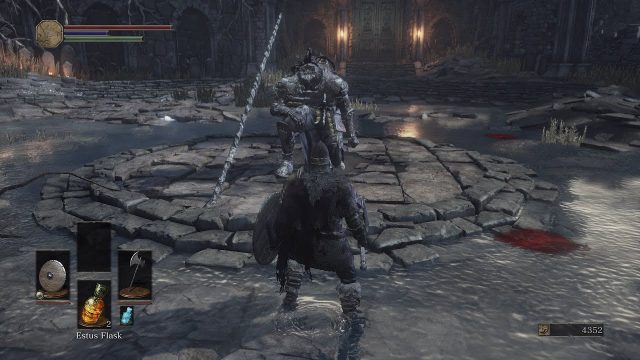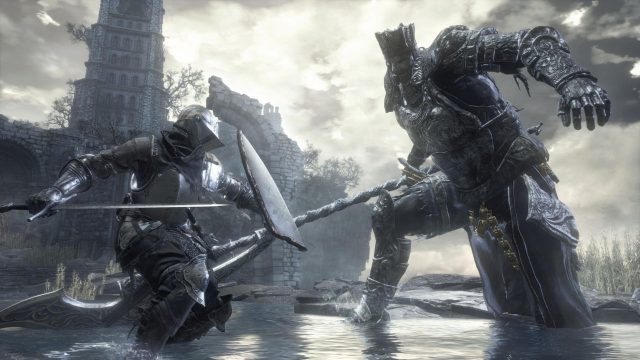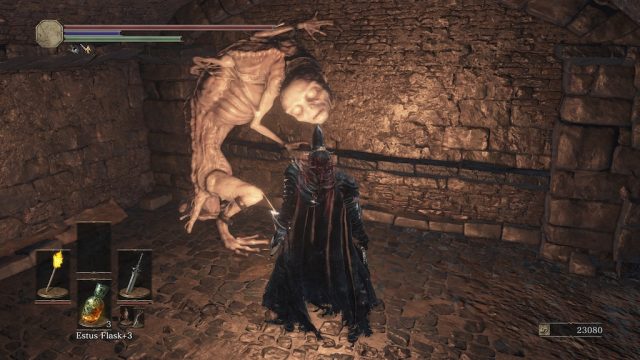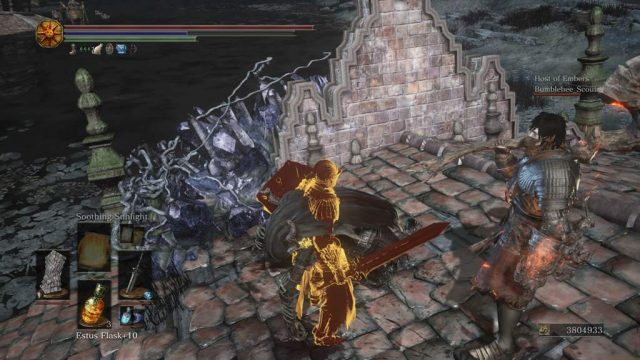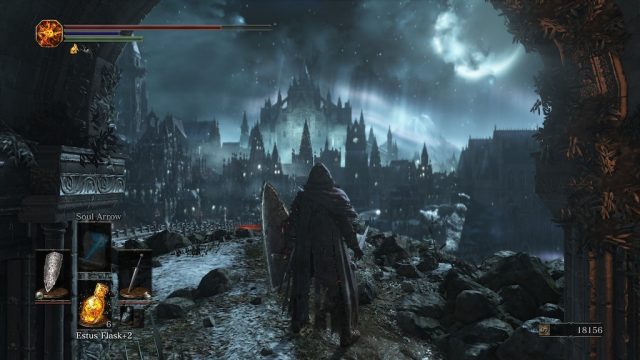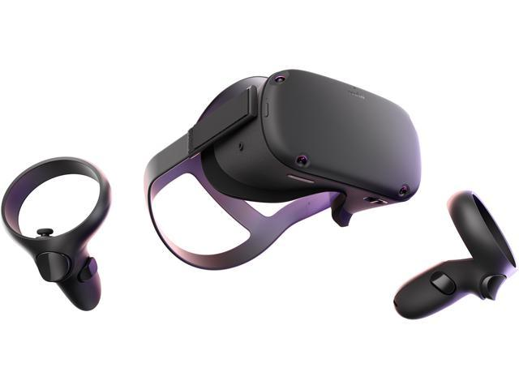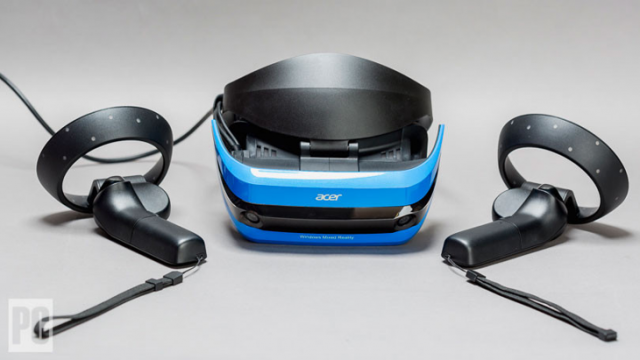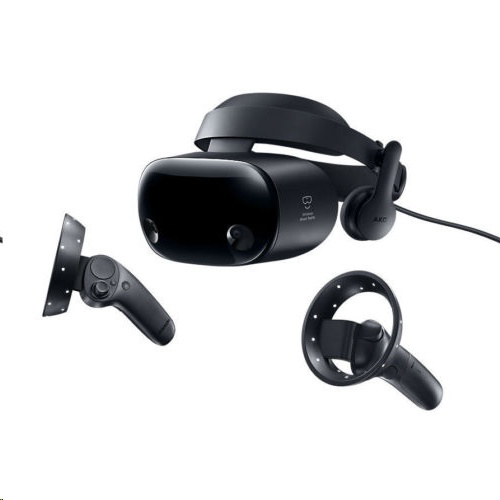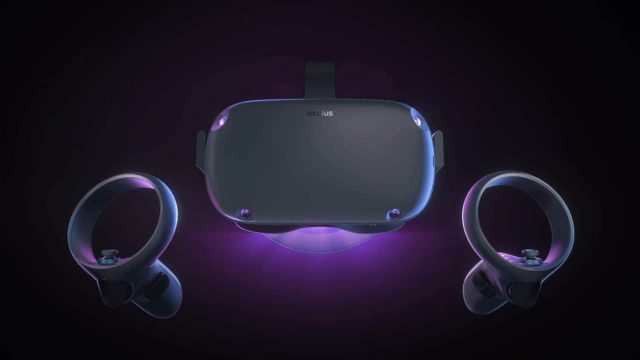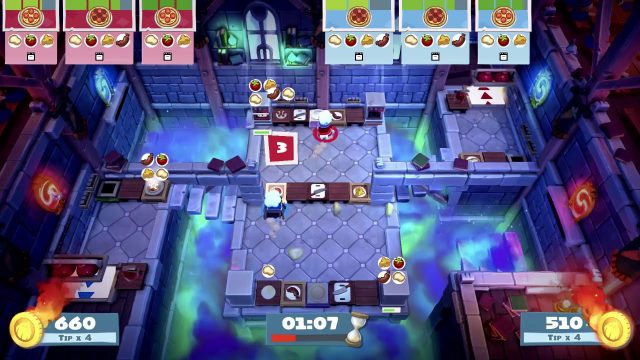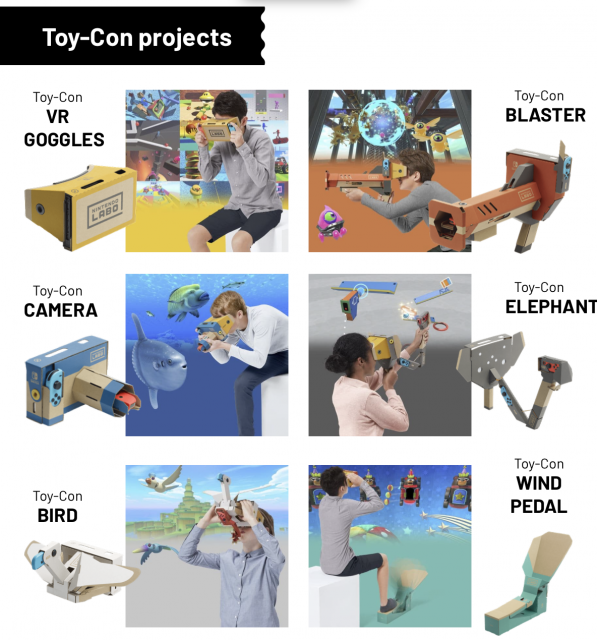Admittedly, my experience with VR, AR, and XR is rather limited – I have only tried VR and AR once or twice, and I have not had the opportunity to experience XR yet. Therefore, it is really difficult to dictate any device as a ‘favourite’ without having experienced them all. That said, I still have my own ideas and perceptions of what I desire with these devices. Hence what I write here will be a subjective analysis of the products based on my understanding of the devices and the ideas/technologies they represent.
Favourite VR Device
To me, the outstanding feature of a VR device is not necessarily how well the virtual world can be presented to the user – truth to be told, I think a good monitor(s) can really help with immersion. Instead, when I think of innovation in VR, I think of the controller. VR allows users the capabilities of 3-Dimensional inputs, with movements no longer restricted to just 2 dimensions. So what is the next step?

Presenting the Valve Index and its unique controllers! Unlike most of the controllers on the market right now, these controllers do not just track your movements, but they track your fingers too! This allows for much more sophisticated controls – you can now pick up a ball just like in real life, instead of just pressing down on a button. With the controller straps, you could also go hands-free allowing actions users to ‘throw’ objects around naturally. While there has definitely been progress in hand-tracking technologies (such as with the Oculus Quest), I feel that the controller coupled with the hand tracking would allow for seamless transitions in gameplay/interactions between moving a character and performing hand gestures. Lest you end up with weird control schemes like in the Xbox Kinect, where users could use arm gestures naturally, but had to resort to doing weird actions with their bodies to move around (see: Star Wars Kinect).
While I have many thoughts about the other VR devices in the market, I think a short and concise summary of the product and my thoughts should suffice. Ranking from my favourite (after the Valve Index) to least favourite, they are:
Oculus Quest: A standalone VR headset with a relatively cheap price can go a long way in making VR very accessible. Even its short battery life has a silver lining – it is important to rest your eyes once in a while! Also, hand tracking!
PlayStation VR: Another accessible VR headset, that is if you already own a PlayStation 4 console. As the power of the hardware is limited by the PS4, it means that all the software that you buy can be played without any performance issues from having a weak CPU. With the support of Sony, the PlayStation VR also feature an extensive collection of high-quality games to play.
Oculus Rift S: The ‘OG’ VR headset is still quite decent, but the other options either have something unique, or are just more accessible. It also features a cable that helps to provide more power to the headset, but I can see that being a hinderance when users are trying to use the device.
Nintendo Switch VR Kit: While I am a big fan of the creative approach that Nintendo used to enter the VR market, the fact that you have to physically hold the ‘headset’ to your face the entire time looks really, really tiring. It also doesn’t help that it has a very limited library of games. Despite the ability to play older games with a new perspective (ie. The Legend Of Zelda: Breath of the Wild, Super Mario Odyssey), it is hard to really judge how influential the new perspective can be without trying it out myself.
Favourite XR Device
On to XR, however, I am much less uninformed about the technology here. I wish I have had a chance to try out one of these products at least once, but I haven’t had the luck. To me, I think XR should be a device that one can use to enhance their daily lives, and I think the demo for Microsoft’s HoloLens 2 really sold it for me. Featuring hand-tracking (which I have already mentioned how much of a gamechanger it could be above), eye-tracking and voice-commands, it seems as though there are many different ways to control and enhance whatever the user is doing. Best of all (not really, but still pretty significant), it features a flip-visor, so that users can easily switch between the mixed reality and… reality without the hassle of removing the headset. Of course, the price is pretty steep, but if we’re looking at my favourite XR headset, this is pretty much what I want XR to be and more.

Once again, here are the other noteworthy XR devices ranked (after the Microsoft HoloLens 2) as follows:
Oculus Quest: I like it because it can do both VR AND XR, which really gives the user a lot of flexibility on how they want to use the device. Once again, my bias of hand-tracking is still present and swaying my opinions, especially for XR devices, since the user’s own body should be part of the mixed reality.
Magic Leap 1: Despite the lack of hand-tracking, the Magic Leap 1 does feature eye-tracking and voice commands, which still goes a long way in helping users interact with the virtual elements around them. Moreover, the Magic Leap 1 is also available with prescription lenses, which can prove to be helpful to someone like myself. However, the lower field of view compared to the HoloLens 2 seems to play a big part in ruining one’s immersion.
RealWear HMT-1: The RealWear HMT-1 is clearly designed for industrial workers, and while I can definitely see its use and impact, it is simply not what I am looking for in a XR headset. That said, I have to say that aesthetics and functionality wise, I love how the headset is part of a safety helmet, further emphasising what it is for.

